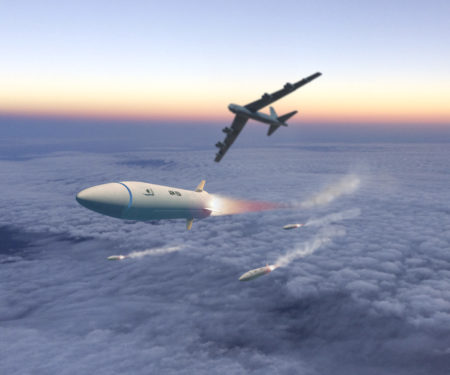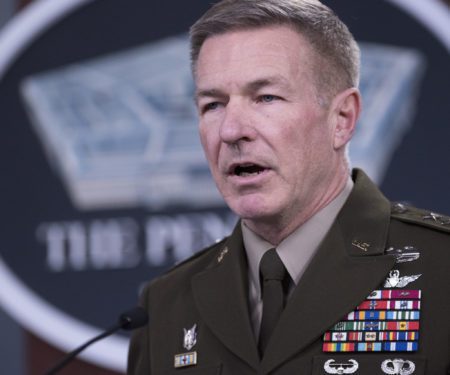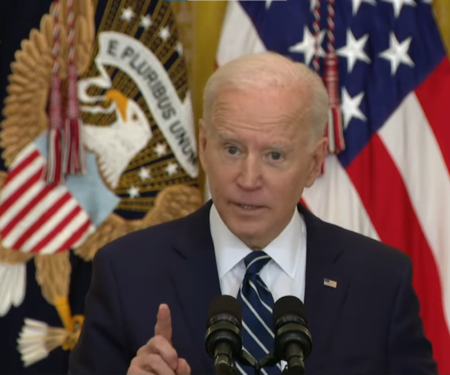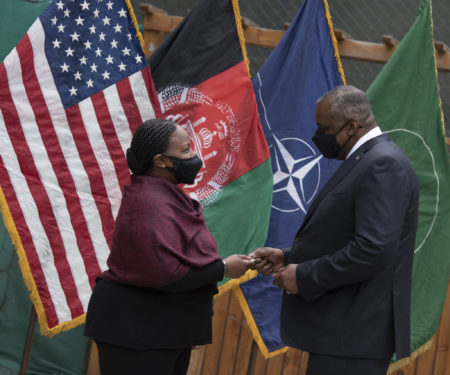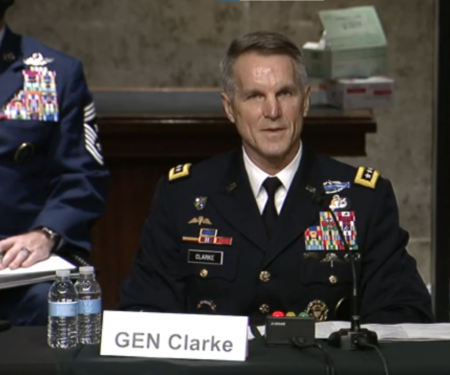Radar Sweep
Training Base Evacuates T-38s to Florida Amid Severe Weather Threat
Columbus Air Force Base in Mississippi has evacuated some of its T-38 Talon training jets to Florida’s Space Coast as severe weather threatens to batter parts of the South this week.
EXPLAINER: What North Korean Missile Tests Mean for US Relations
New U.S. president, same old North Korean playbook. Almost. Two months after President Joe Biden took office, North Korea is again turning to weapons tests to wrest outside concessions. But the tests so far have been relatively small compared to past launches. That indicates Washington has a window of engagement before North Korea pursues bigger provocations.
Duped by Duffel Blog, a Congressman Claims that the VFW and American Legion Were Labeled Hate Groups
The military-centric satirical website was inadvertently cited during a March 24 hearing about extremism in the military, in which several Republican lawmakers argued that the Defense Department could end up infringing on troops’ First Amendment rights by trying to get rid of White supremacists from the ranks. Were Labeled Hate Groups
‘We Need to be Agile’: Spangdahlem Unit Trains for Smaller, Faster Deployments
U.S. Air Force units across Europe are training to rapidly deploy small units to foreign airfields during a crisis, using methods updated from the Cold War to deter potential Russian aggression on the Continent.
Turkey Tells U.S. at NATO that Russian Defense Purchase is 'Done Deal'
Turkish Foreign Minister Mevlut Cavusoglu said he told U.S. Secretary of State Antony Blinken on March 24 that Ankara’s purchase of Russian air defences was “a done deal,” adding that the NATO allies needed a roadmap to discuss their disagreements.
Big New Interceptor Deal Part of Biden Missile Defense Push
“The real differentiator here is the acquisition strategy, with a lot of competition—a lot of ‘fly before you buy’—built in,” CSIS' Tom Karako says. “The relatively longer NGI development timeline for homeland ballistic missile defense can be mitigated by near-term improvements” in ground missile defense.
Energy Efficient B-Huts Could Save Resources, Lives
A construction project designed to test the energy efficiency of barracks huts, or B-Huts, could ultimately result in saving lives.
DARPA Expands Program to Link U.S. Investors to New Tech
A DARPA pilot program designed to hook U.S. investors up with startups developing emerging technology funded by the agency is set to expand, a senior official said March 24.
Air Force Investing in Alternative Energy Sources
The Air Force and Space Force are making technology investments to prepare for current and future energy challenges.
North Korea test-fires ballistic missiles in message to US
North Korea on Thursday test-fired its first ballistic missiles since President Joe Biden took office as it expands its military capabilities and increases pressure on Washington while nuclear negotiations remain stalled.
Senate bill would reform VA approach to toxic substance exposure treatment
A bill to improve healthcare and benefits of military personnel exposed to toxic substances was reintroduced in the U.S. Senate this week.
Gastops Achieves F-35 Programme Engine Sensor Delivery Milestone
Canada-headquartered company Gastops has achieved an engine sensor delivery milestone for the F-35 Lightning II joint strike fighter programme.
WATCH: A Pilot’s View of the F-35
An F-35 pilot makes a video that looks to break down why he thinks the Joint Strike Fighter has garnered such “negative” attention lately.
